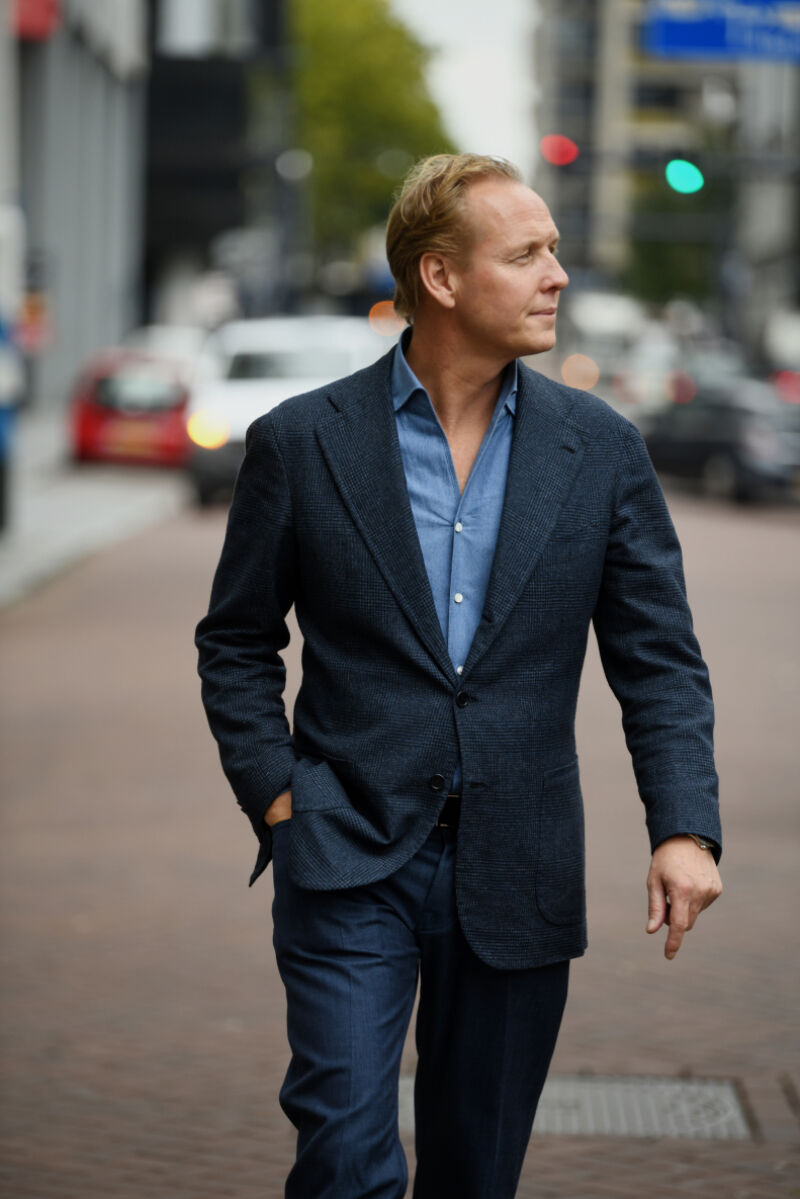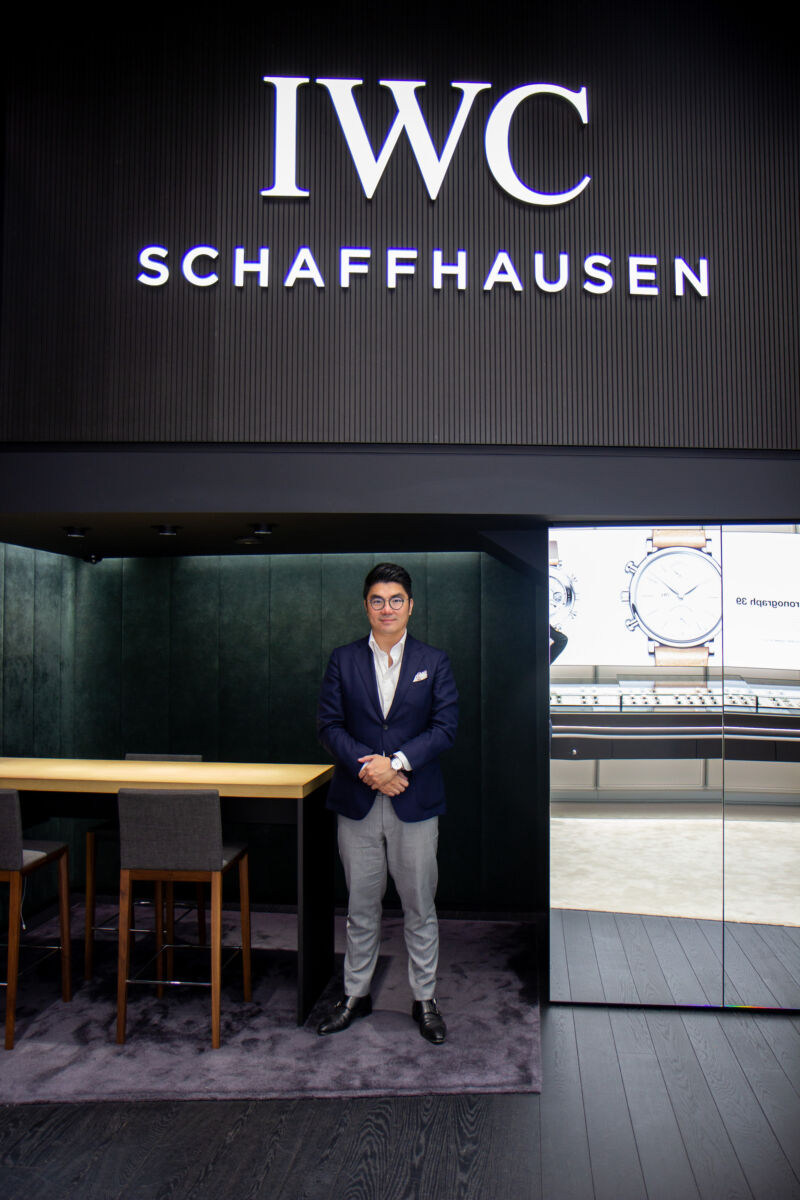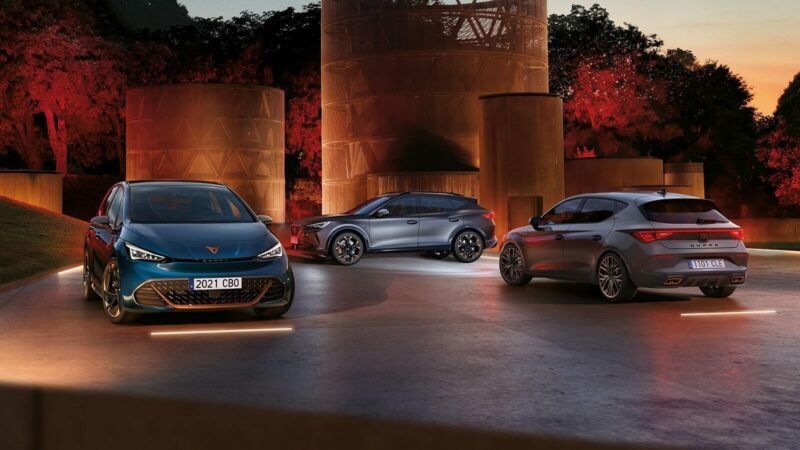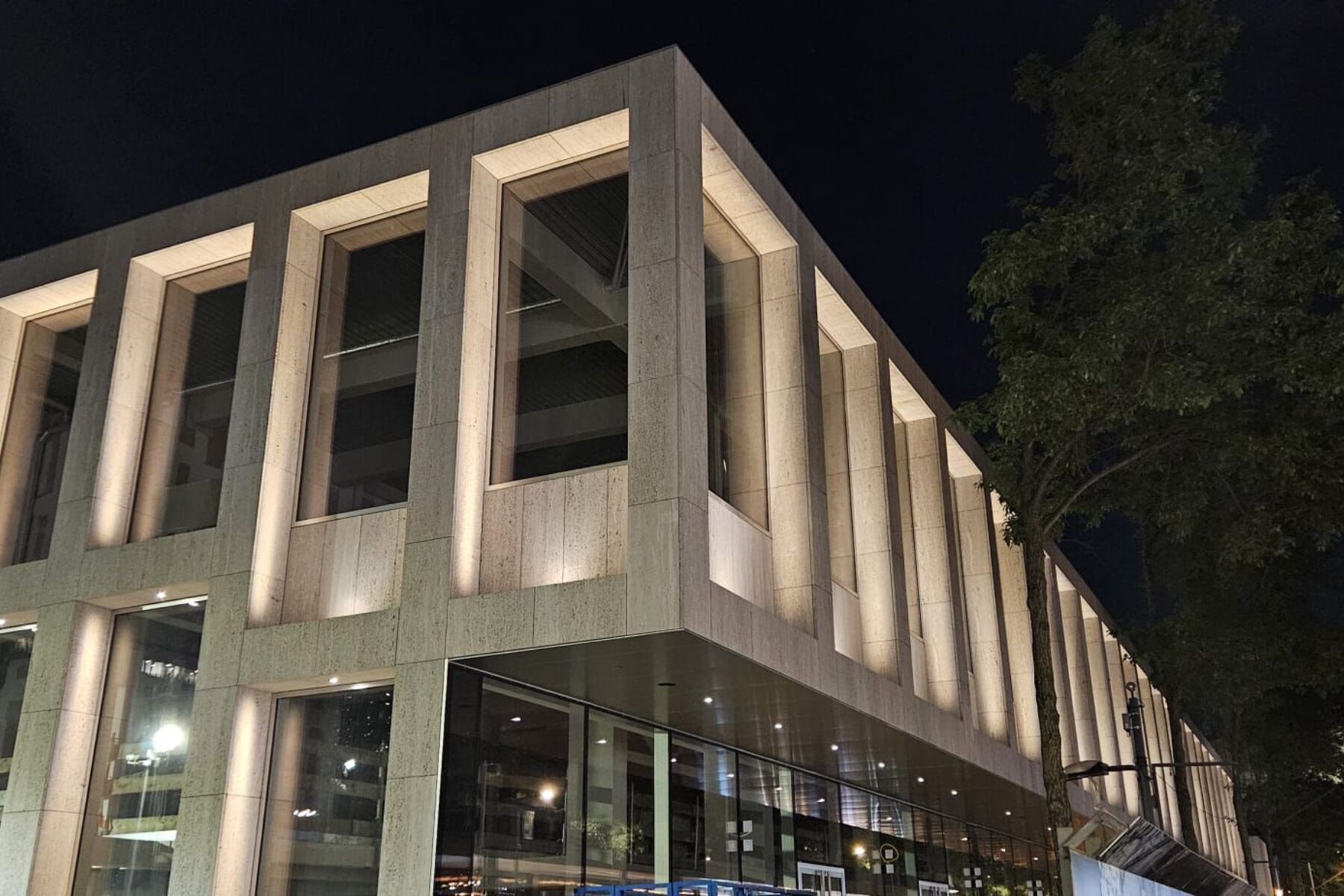
Sjoerd and Timo joined forces for the lighting plan. In the interview below they take us into the process behind the creation of the lighting for The Lobby.
Although many think that drawing up a lighting plan comes down to selecting beautiful lamps, Sjoerd emphasizes that making a lighting plan is not about the design of individual fixtures, but about the evening experience and evening image of the building as a whole.
It is about the appearance of the building at night, in its urban context, where light is merely an instrument to achieve this.
With previous successful collaborations, including projects such as Bijenkorf Amsterdam and Paleis het Loo, Beersnielsen and KAAN Architecten have developed an understanding of each other's working methods, which makes the work process increasingly smooth. This was again evident during their collaboration on The Lobby, with the process moving quite smoothly overall, despite some challenges during installation.
Can you tell us something about the lighting design of The Lobby?
Timo: "If you look at The Lobby you actually have three important basic parts: the awnings, the window frames and the roof garden."
Sjoerd: "This layering also formed the starting point when thinking about a suitable evening image for The Lobby. One of the sources of inspiration was a photo of the Dreamhouse, the sleekly designed building next to The Lobby. In that photo you can see the contrast between the sleek architecture and the shadow projection that is created when sunlight shines through the trees. The idea was to replicate, in the evening, such a natural shadow pattern under the canopy, with which we want to create a subtle and beautiful relationship between the sidewalk below and the green pavilion on the roof."
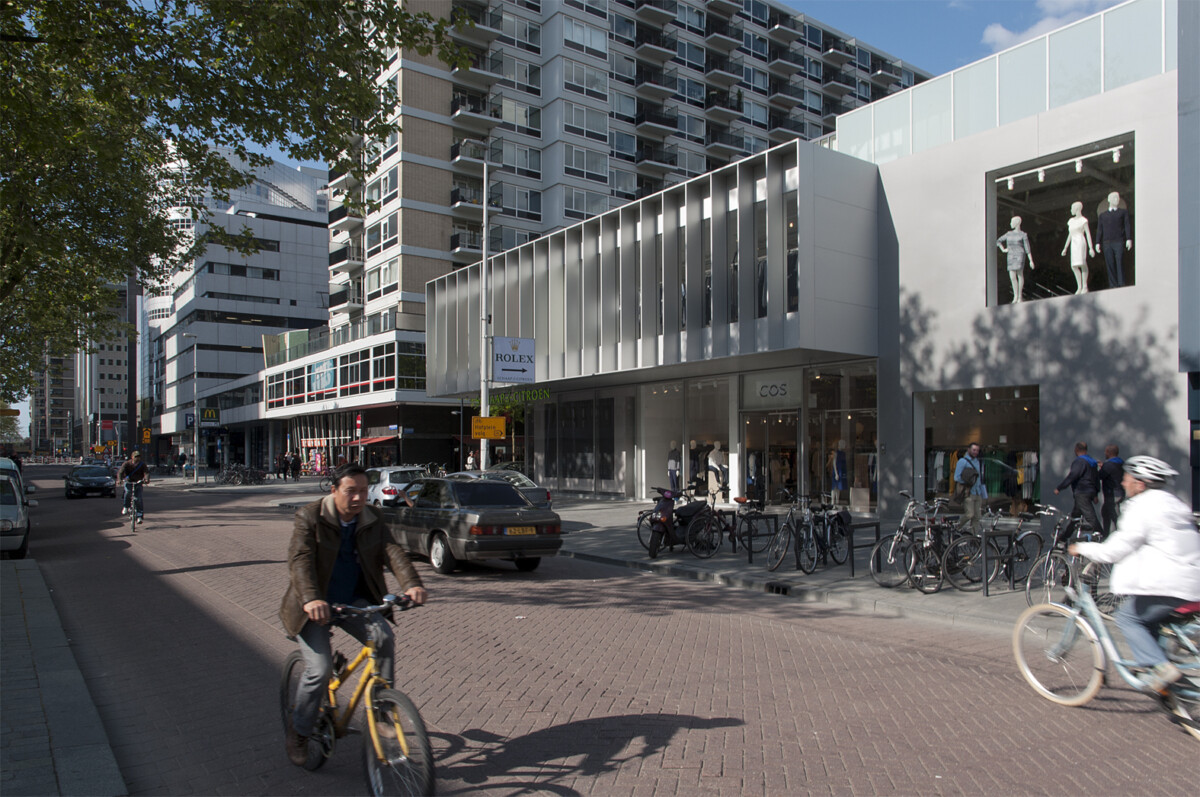
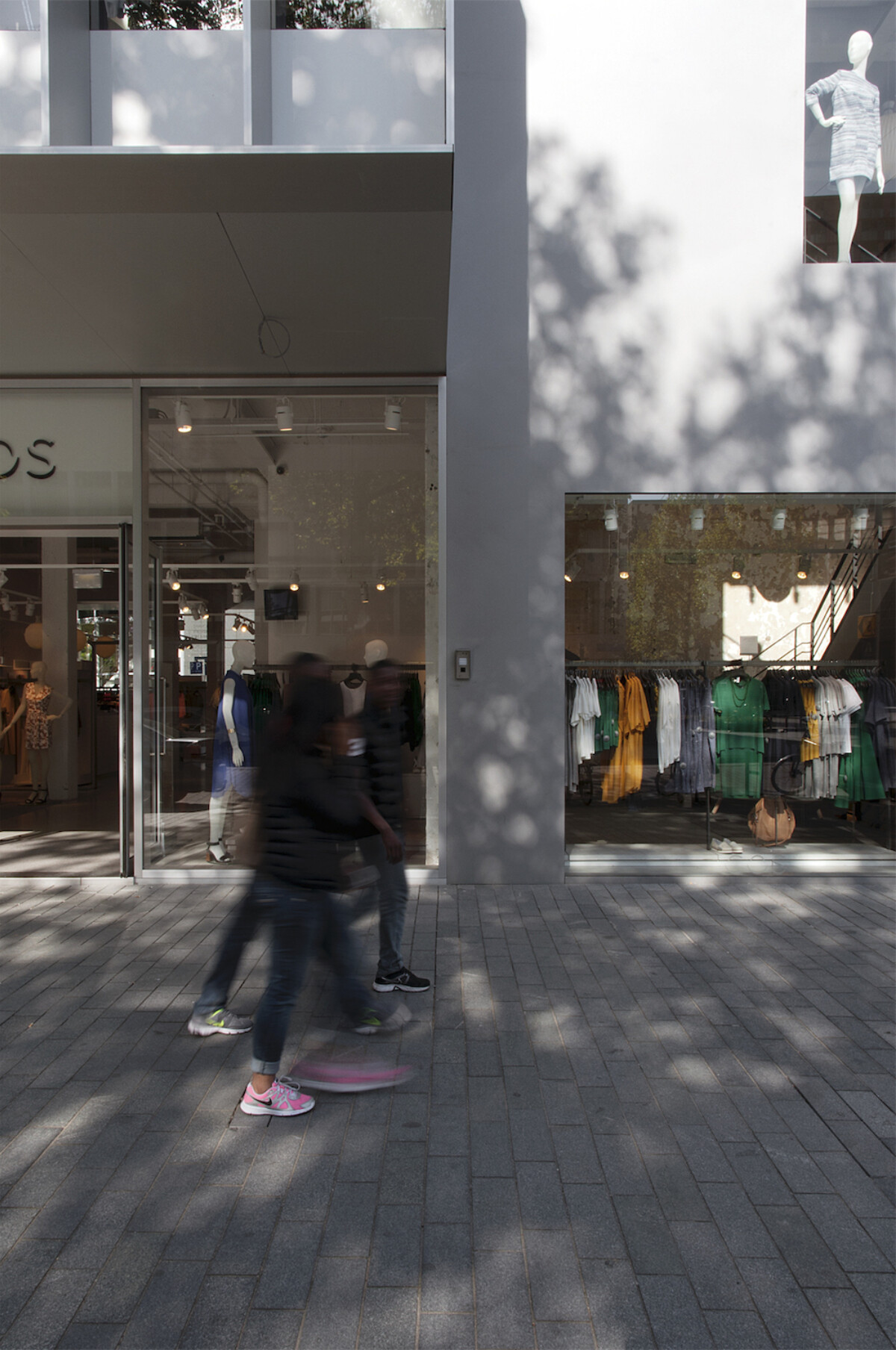
"We also wanted to make the architecture legible at night by making the rhythm and the facade visible. Because The Lobby is designed with beautiful deep ridges, we proposed working with subtle fixtures with a stripe-shaped light beam. For the roof garden we have opted for subtle, low-placed lighting so that the view is not obstructed."
Timo: "What appeals to me about this lighting plan is the clear emphasis on the experience, with a social component. It goes further than just installing a lamp; it is all about the experience. It therefore feels pleasant and comfortable, without anything too crazy, like colour or movement."
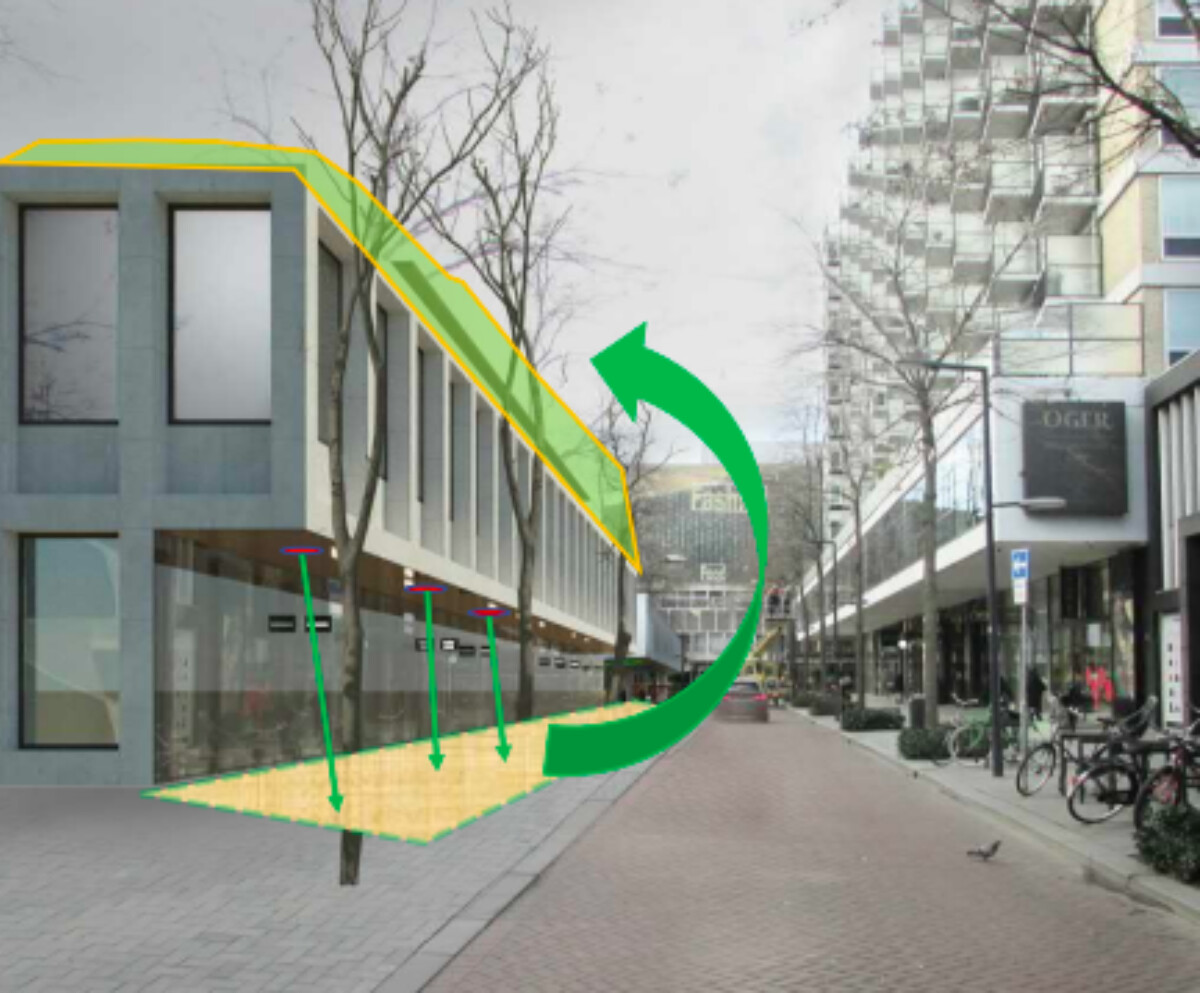
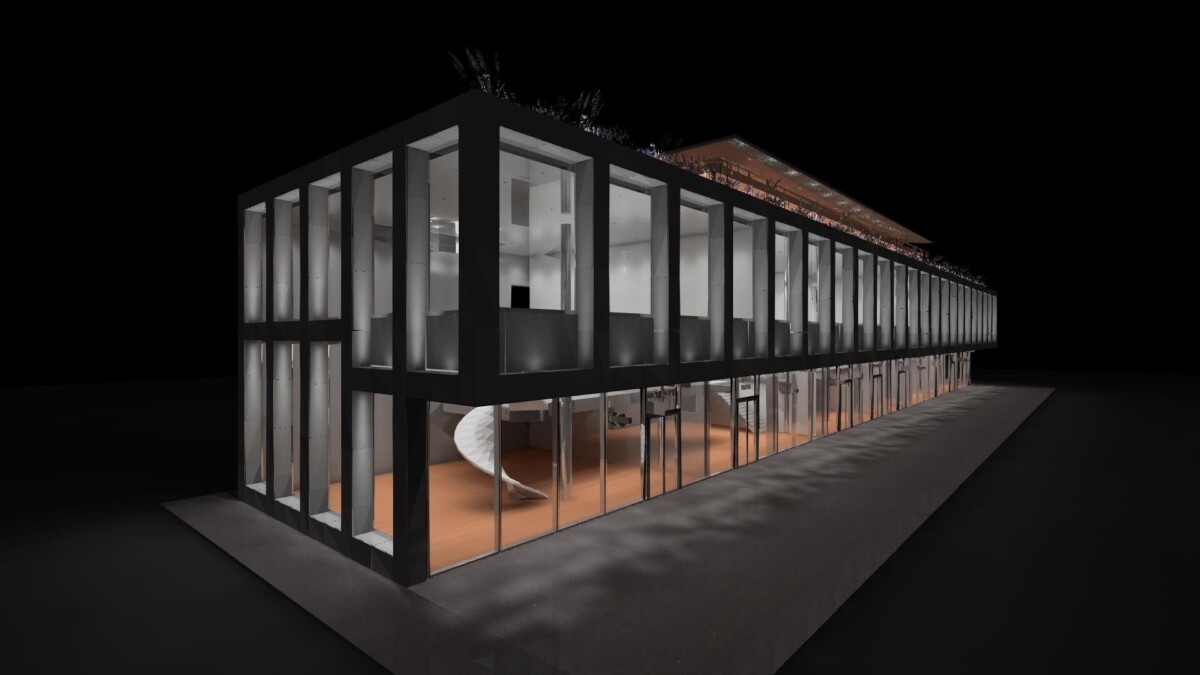
How did you take the building's environment into account when designing the lighting? How do you ensure a harmonious whole with the rest of the Kruiskade?
Sjoerd: "Our lighting concept remains within the architecture of the building. We consciously chose not to illuminate the building excessively, but to only make it subtly visible in the evening."
Timo: "Furthermore, the lighting of The Lobby brings a balanced feeling to the Kruiskade. Our approach builds on, among other things, the canopy lighting of Schaap and Citroen. Maintaining harmony is important and that no black spot is created on the elongated structure of The Lobby."
What else do you take into account when designing the lighting?
Timo: "We also take light pollution into account. Consider, for example, the residents of City House, across the street. We want to avoid unwanted light in their faces. That is why we opted for narrow fixtures and low lighting on the roof garden."
Sjoerd: "Personally, I keep the lighting as modest as possible. It should not be obvious that there is a lighting plan."
Timo: "We have ensured that the fixtures are not visible. This means you do not run the risk of accidentally looking straight into the light. We have achieved this by, in most cases, beautifully lighting the ridges from below. This way you don't see the light source and it is almost intangible. The spotlights in the awning are even so small that they are almost invisible. It is almost as if a small flashlight is shining somewhere."
"Personally, I keep the lighting as modest as possible. It should not be obvious that there is a lighting plan."
Sjoerd Beers
Which lamps, technologies and fixtures have you chosen for the lighting?
Sjoerd: "The lighting can be controlled centrally. We have built in the option to link the system to a timer, so that it can be switched off at a predetermined time at night. For the lighting under the awnings we used a downlight with a special filter to to achieve natural light with a shadow effect. The built-in luminaire at the window frames, which creates a subtle light stripe, makes it possible to illuminate window frames in a very targeted manner and to create light stripes. We have also opted for simple luminaires on the roof."
Timo: "We did not want to illuminate the roof too much, also with the light pollution in mind. There are many people looking out onto it. In addition, there will be a restaurant on the roof that will have lighting, so we wanted to create a quiet atmosphere outside using mood lighting."
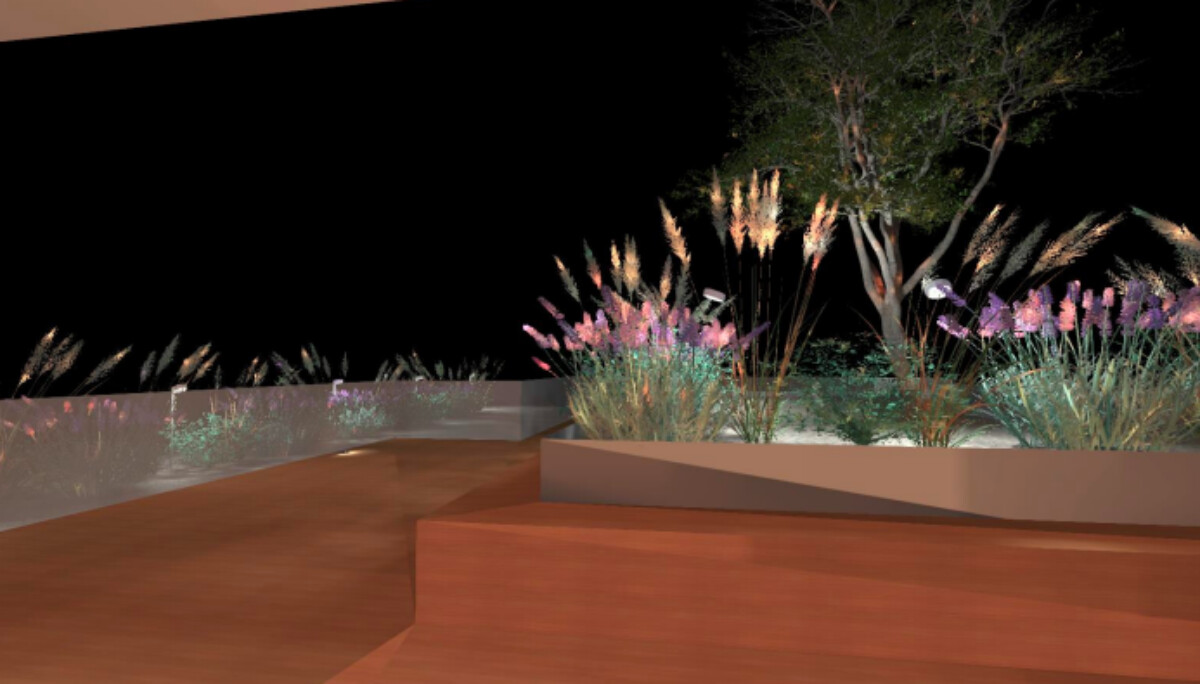
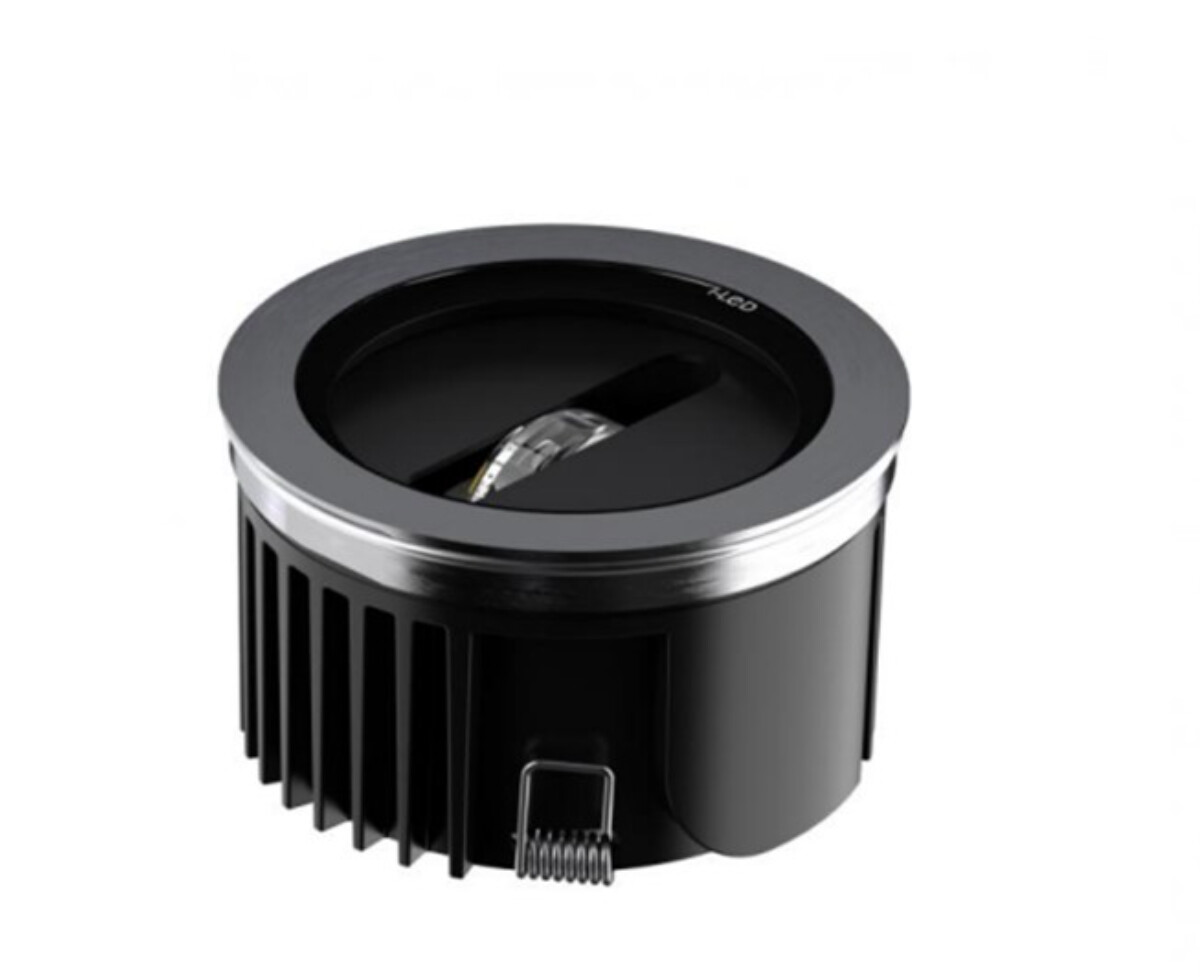
How is the impact of lighting on energy consumption taken into account?
Sjoerd: "There are two factors to keep in mind: the installed power (wattage) and the operating hours of the lighting, the time that the lighting is on. Is it necessary for the facade lighting to burn at full power all night long, or should it, for example, shut down at one o'clock in the morning? We always discuss this with the client. In the case of The Lobby, we use fixtures with a power of only 8 and 13 watts. This means that energy consumption is already at a low level."
Timo: "There are less than a hundred lights in total, I believe there are about eighty. That is quite limited."
Sjoerd: "Where you used to have fixtures with higher power, nowadays everything is a lot more economical. Although the most sustainable alternative is switching off the light, you also have to take into account the evening experience, presentation and ensuring pedestrians' sense of safety."
Timo: "Manhave also thinks about the future tenants. What do they want in the evening and at night? And what kind of lighting do they turn on inside? Because that also has an effect on the outdoor lighting. Later, when the tenants have moved in, we will have another look at the plan and bring everything into balance."
What were the challenges during the process?
Sjoerd: "The real challenge lies not so much in designing the light, but rather in implementing it. Things can sometimes turn out differently in practice. For example, during the trial order for the fixtures for the window frames, we noticed that the light shone too tilted upwards, due to the drainage angle of the sill. To resolve this we had a number of design sessions to arrive at a final solution."
Timo: “What we needed just wasn't available on the market. Ultimately, the solution was a 3D printed ring."
Sjoerd: "I like that about Timo. While others said at that moment that there was no alternative, he said: 'We should not talk about the fact that it is not possible, but how it can be done.' So we tried everything and in the end KAAN Architecten created a beautiful detail that was actually put into production."
Timo: "Also, people take lighting as something that is naturally present, until the lights go out. During this specific project with Manhave, we are fortunate that they recognize how lighting can create an atmosphere that transcends the building. Unfortunately, not every client understands this yet."
"People take lighting as something that is naturally present, until the lights go out."
Timo Cardol
What do you think of the result?
Sjoerd: "I am proud of the result. I especially like that it looks sleek, without being very exaggerated. It is clear that no excessive lighting has been used, but at the same time you feel the careful approach that has been taken. It seamlessly blends with the architecture and exudes a certain elegance."
Timo: "I also hope that it inspires other entrepreneurs in the area to do something beautiful with lighting. It's a bit like 'pay it forward' - when you look at the number of resources, you realize that you can use a fairly simple filter can already create something beautiful."

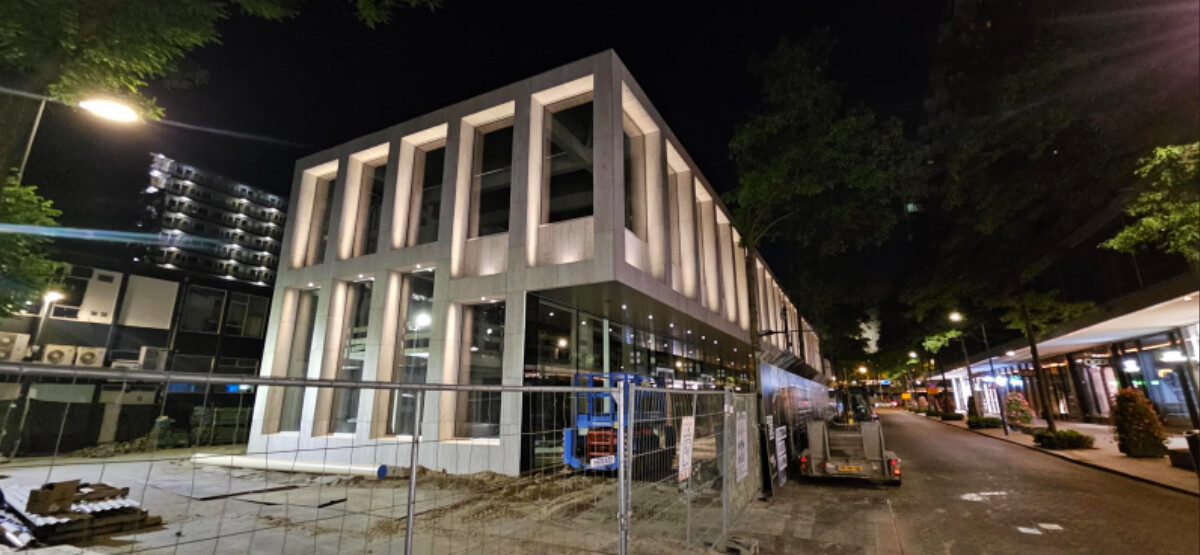
Thank you for your time!
Previous updates
